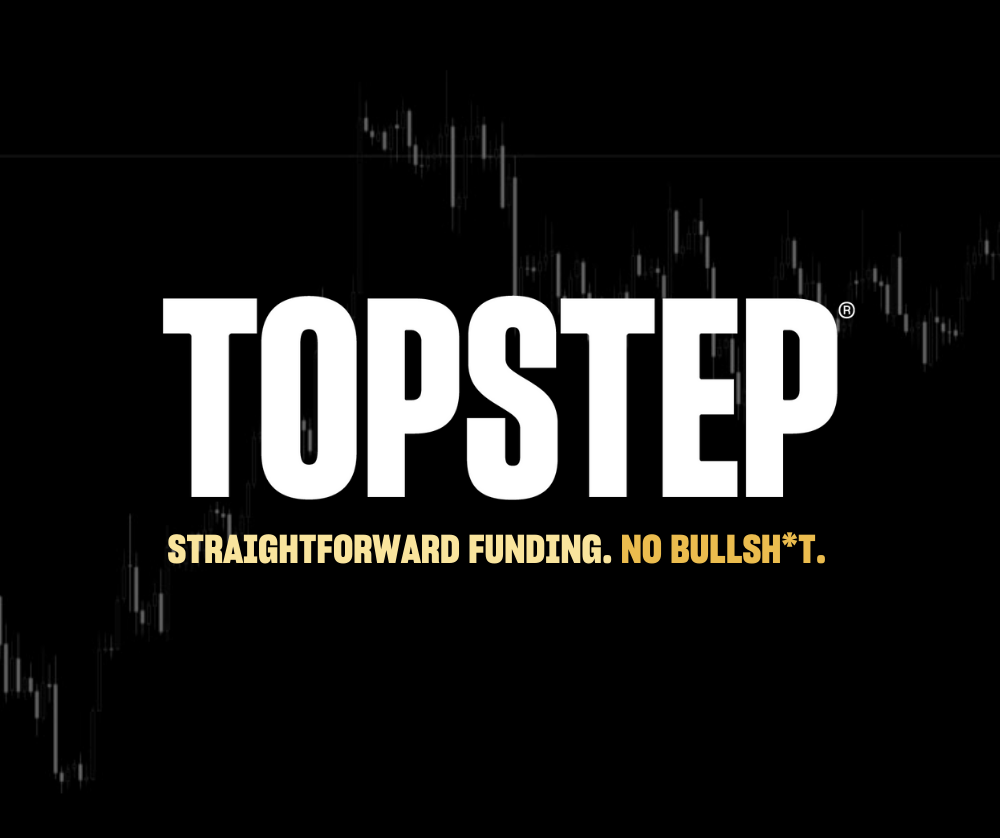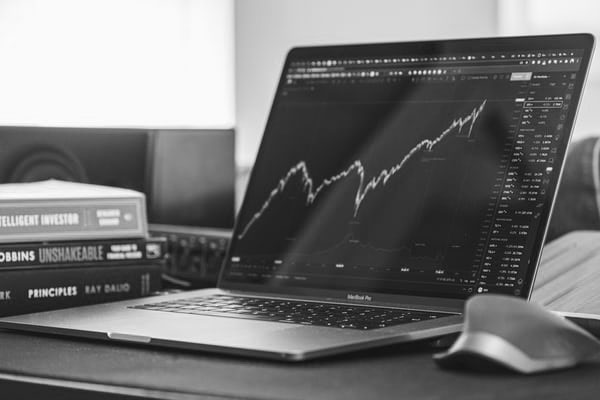Time frame
Day trading: The regular market hours on NYSE and Nasdaq are from 9:30 a.m. to 4:00 p.m. ET. I recommend that you spend 30 minutes before the market open studying the pre-market price action and catching up on the news to know more about the reason for a pre-market move. The most volatile time on those exchanges is from 9:30 a.m. to 10:30 a.m. Most day traders use that period to place the majority of their day trades. The fast moves during this one-hour time period are what open the potential for substantial gains. An additional 30 minutes should be planned to complete your trading journal for later reference. On average, you should plan on a minimum time commitment of about 2 hours per trading day, which could be challenging if you still have a 9-5 job.
Swing trading: Swing traders make their trading decisions based on longer time frames such as the 60-minute chart and higher. Unlike day traders, swing traders will often hold positions overnight. On some occasions, when a profit target or stop loss level gets hit, the position can be closed on the same day. Swing traders spend most of their time on analysis and only a fraction of their time on trade executions.
Pattern Day Trader Rule
Day trading: The SEC’s pattern day trader definition and margin rules for day trading are strict. If you execute 4 or more day trades in a 5 business day period, then you are a pattern day trader by definition. As such, you’ll need to maintain a minimum of $25,000 in your account to trade on margin. Having a cash account instead of a margin account isn’t a real alternative since there is an additional settlement day before your funds are available for trading again.
Swing traders: It’s seldom that swing traders get in trouble regarding the pattern day trader rule. That’s because most positions are held overnight. Swing traders can trade with less than $25,000 in their account as long the pattern day trader rule isn’t triggered by more than 4-day trades in a 5-business day period.
Overnight risk
Day trading: Day traders don’t face any overnight risk since positions are opened and closed on the same business day.
Swing trading: The uncertainty about the upcoming day’s opening price is probably one of the main downsides of swing trading. It’s crucial to study the planned events like earnings announcements and FOMC meetings. For equities, the higher your position’s market cap, the less the chances for an unexpected up gap or down gap.
Spread
Day trading: Day traders care a lot about the spread. Since day traders aim to make profits from small pricing chances leveraged by the number of shares traded, a small spread is beneficial. If you open a trade at $101.00 and immediately close it in the same second at $100.50, then your loss is $0.50 just because of the spread.
Swing trading: Swing traders aim to make higher percentage gains with fewer shares traded. That means a higher spread doesn’t have such a high impact. Limit orders can be used to get a proper trade execution at a price between the current best bid and ask.
Order execution quality
Day trading: Order execution quality is crucial for long-term success in day trading. A delay of a few seconds makes a huge difference in terms of profitability potential. Therefore day traders need lightning-fast brokerages. Direct access brokers specialized in day trading are the best choice for fast executions, but even many retail brokers are fast if you trade smaller sizes. A high spread can lead to high slippage. Slippage is the difference between the fill price you were looking for and the actual fill price. Let’s say your stop loss is at $99.99, and you aimed for a fill at $99.99, exactly at the stop loss level. Due to a high spread and some milliseconds delay in order transmission, your fill was $99.59. In this case, your slippage is $0.40.
Swing Trading: Swing traders work with lower relative order sizes. Therefore the slippage multiplied by the number of traded shares has a lower impact on their overall performance. Order execution quality isn’t as crucial for swing traders as it is for day traders.
Trading Tools
Day trading: Day traders need fast and accurate tools being exact down to the tick. Those tools cost money and need to be considered in the trading plan. Often additional fees for real-time tick data and Level 2 data arise. As a realistic add-on budget for day trading tools, I recommend $300 per month.
Swing trading: Swing traders often use free end-of-day data, for example from Yahoo! Finance or TradingView. Enhanced features like Level 2 data aren’t necessarily required, and trading platforms can be Html-based instead of standalone applications.
Commissions
Day trading: Most retail brokerages offer commission-free trading for stocks, and some even for options. The exchange fees are still passed through to the trader. Those exchange fees are only fractions of cents when trading stocks, but are more significant for futures trading. It is important to do the math with commissions, exchange fees, and additional fees like borrowing fees and broker-assisted trades before choosing the underlying asset to trade. Depending on the size and timeframe of the trade, you may go through a direct access broker, which has a different commission structure.
Swing trading: The same rules apply to swing trading, but the trading costs relative to the targeted profit in percent in swing trading are much less compared to day trading. If you trade on margin, you need to consider additional fees for maintaining a position.
Wrap up
Big financial gains and independence sound tempting. But in fact, day trading is one of the most challenging ways to make a living. Swing trading, however, can be done by spending a couple of minutes each day analyzing trends, market news, and trade management activities. Day trading is entirely different and requires excellent preparation, lightning-fast tools, a significant time commitment, and discipline. Both trading styles provide plenty of opportunities if the right steps are taken from the beginning.





